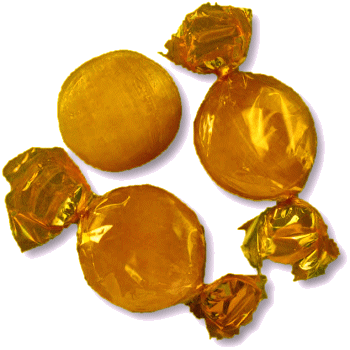




WELCOME TO An Entertainment Site for Scottish Country Dancers - Enjoy the curated selection of theme-related dances for celebrations and holidays, or find a dance associated with a special calendar day, or EVEN your own birthday!
1923 Dance Marathoners
Dance Marathon Day
Mar 31
Other Scottish Country Dances for this Day
Today's Musings, History & Folklore
"100 pas de basques later, Angus began to think this was a bad idea."
While the Cocoa Beach Marathon brings runners to Florida’s eastern coast each year to test their endurance over 26.2 or 13.1 miles, this lively 32-bar jig offers a far more achievable challenge. With just two setting steps and a series of playful chases, it’s designed to energize rather than exhaust!
Of course, the idea of a “dance marathon” has its own wild history. Back in the 1920s, these events were a whirlwind of entertainment, endurance, and sheer determination. What began as lighthearted competitions soon turned into grueling marathons where couples danced for days—or even weeks—with only the briefest of rest breaks.
Scotland, too, embraces the marathon spirit, not just in dance but in distance running. From the scenic Edinburgh to Musselburgh race to the dramatic Loch Ness Marathon, and the leg-burning Glencode Marathon—touted as the UK's toughest—the spirit of endurance runs deep.
Why not bring a taste of that marathon mindset to class? Try a mini dance challenge: 26 pas de basques in a row—or for 26.2 seconds straight! Well, maybe a half marathon of 13 to start ... 😮 🏃🏃🏃🕺💃
Cocoa Beach Marathon
Dance marathons were a fascinating and often controversial phenomenon in the 1920s, reflecting the era’s obsession with endurance, spectacle, and novelty. These competitions typically involved couples dancing almost nonstop for days, weeks, or even months, with only brief rest breaks allowed. Originating as a form of entertainment and social experiment, dance marathons quickly became popular across the United States, drawing large crowds eager to witness the spectacle of human perseverance pushed to its limits.
Set against the backdrop of the Roaring Twenties—a time marked by jazz, flappers, and social change—dance marathons were more than just competitions. They offered ordinary people, many of whom were struggling financially, a chance at prize money, food, and fame. Participants were often desperate young men and women lured by the promise of cash awards, housing, and meals. Promoters added theatrical elements to keep the audience engaged, such as dramatic eliminations, staged romances, and even mock weddings.
While initially seen as a quirky form of amusement, the darker side of dance marathons became increasingly apparent. Contestants often danced to the point of collapse, their physical and mental health deteriorating under the strain of continuous movement, sleep deprivation, and public scrutiny. Critics began to denounce the marathons as exploitative, and by the 1930s, many cities passed laws to restrict or ban them.
Still, dance marathons left an indelible mark on American culture. They epitomized the highs and lows of the Jazz Age: the pursuit of glamour and glory amid the harsh realities of the Great Depression looming on the horizon. Today, they remain a curious and poignant reminder of a time when endurance dancing was not just entertainment—it was survival.
For more on the history of this dancing fad, click the marathoners.
Click the dance cribs or description below to link to a printable version of the dance!



